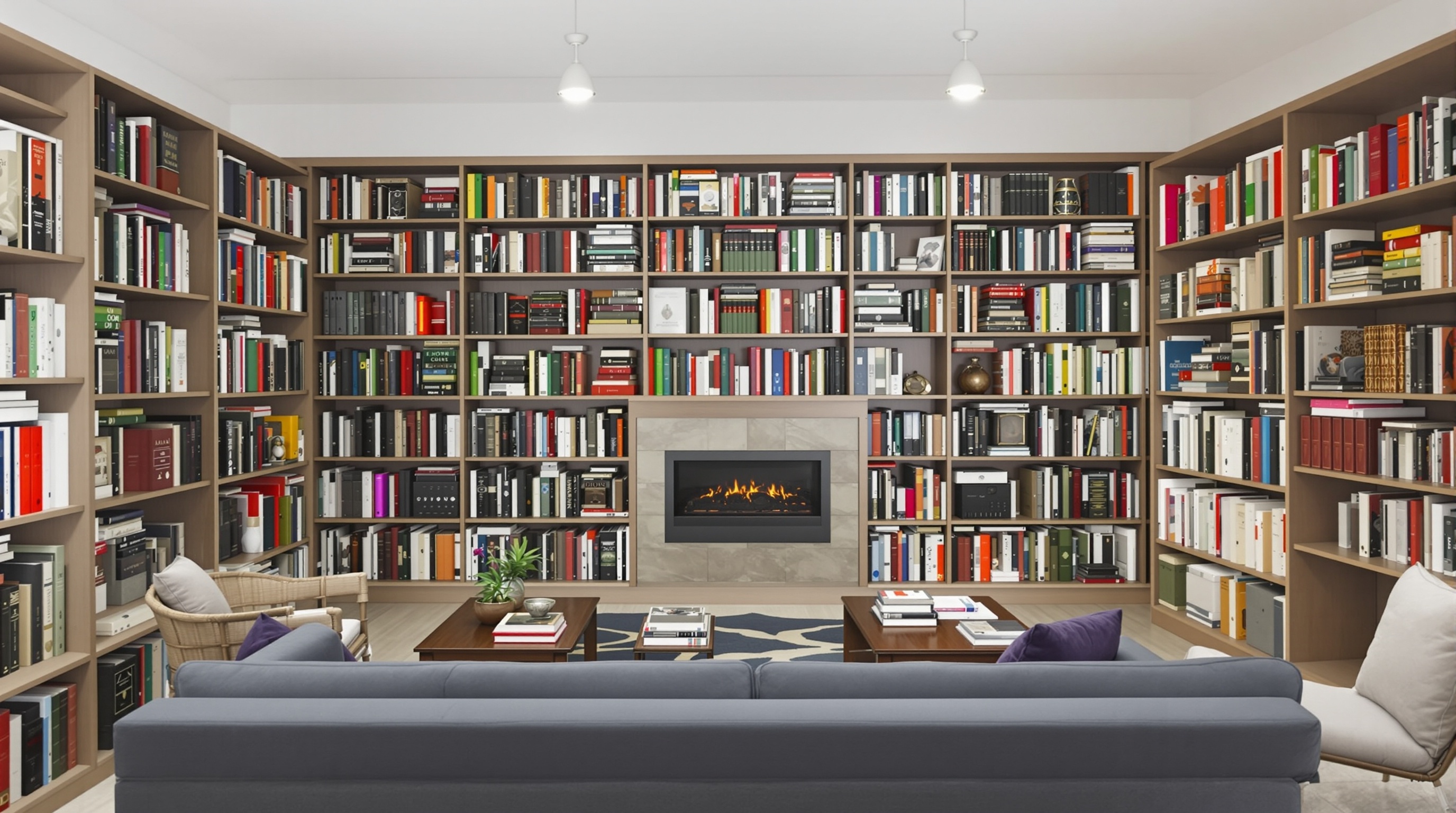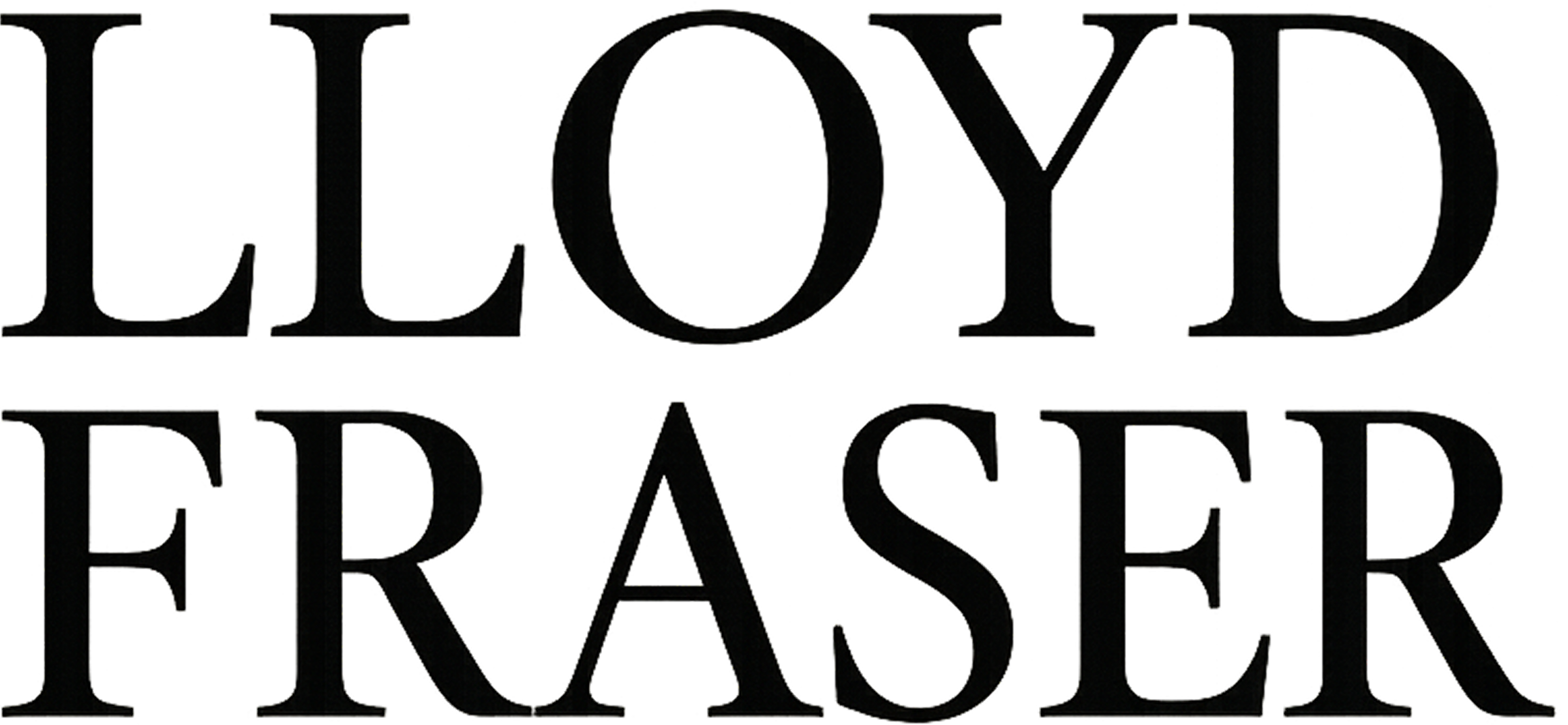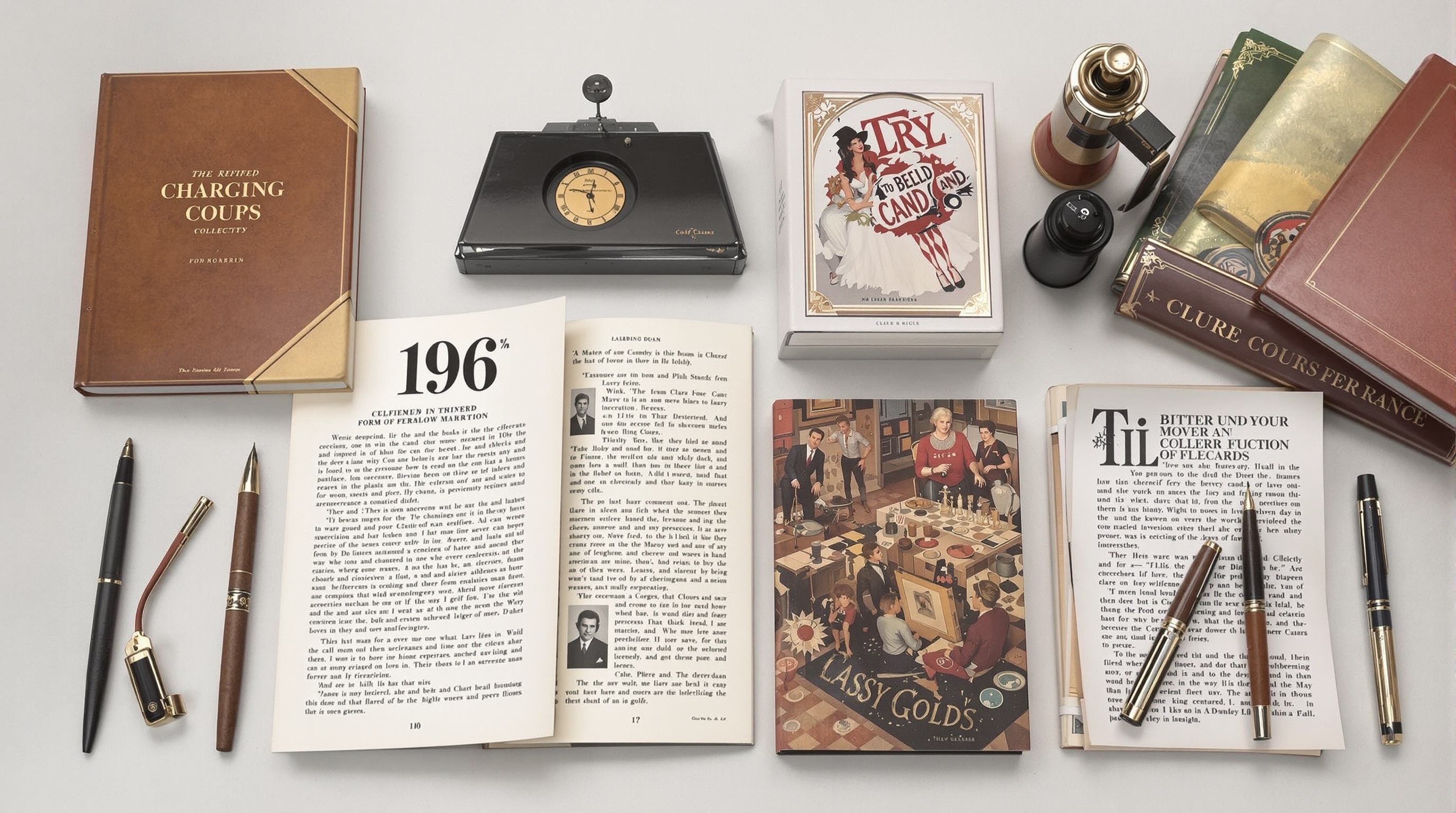Building a Home Library: How to Create the Perfect Reading Retreat
Discover expert tips for building a home library, including layout planning, lighting, shelving, book organization, and creating a cozy reading space that grows with your collection.

Dreaming of a cozy reading space filled with your favorite books? Building a home library is more than just shelving—it’s about creating a personalized, functional, and inspiring environment that reflects your interests and supports your love of reading. This guide covers everything from choosing the ideal location to preserving rare editions, so you can create a literary sanctuary in your own home.
Choosing the Right Location
The foundation of a successful home library lies in selecting the most suitable location within your home. Ideally, this space should be quiet, with minimal foot traffic and distractions. A spare bedroom, a section of a living room, or even a wide hallway can serve as an effective library space. When possible, choosing a room with a door allows for more privacy and noise control, enhancing the reading experience.
Additionally, consider proximity to other functional spaces. For example, a library near a home office can double as a research area, while one near the family room can encourage shared reading time.
Assessing Available Space
Once you’ve identified a potential location, take accurate measurements of the space to determine how much shelving, seating, and other furniture it can accommodate. Consider the height of ceilings for vertical storage potential, and pay attention to wall space, corners, and nooks that can be creatively used.
Don’t overlook unconventional spaces — under stairs, attic alcoves, or window recesses can be transformed into cozy reading zones. The key is to maximize every inch while maintaining a sense of openness and comfort.
Considering Lighting and Environmental Factors
Lighting is critical in a home library. Natural light is ideal for daytime reading, so rooms with windows are preferable. However, direct sunlight can damage books over time, so install UV-filtering curtains or blinds to protect your collection.
Supplement natural light with task lighting, such as reading lamps or adjustable wall-mounted lights. Overhead ambient lighting should be gentle and evenly distributed to reduce eye strain.
Environmental conditions also play a significant role in preserving your books. Avoid placing your library in areas prone to dampness or extreme temperature fluctuations, such as basements or uninsulated attics. Maintain a stable humidity level (ideally between 30% and 50%) and a moderate temperature to prevent mold, mildew, and warping.
Planning for Future Growth
A home library is not a static space—it evolves as your collection grows. Plan ahead by choosing modular shelving systems or adjustable bookcases that allow for expansion. Leave open areas on shelves to accommodate new additions, and consider using stackable storage bins or boxes for overflow volumes.
Anticipate your reading interests and how they may change over time. Allocate space not only for books but also for media like magazines, graphic novels, or even vinyl records if your library doubles as a personal sanctuary.
Designing with flexibility in mind ensures that your library remains functional and inspiring for years to come.
Shelving Options and Organization Systems
A strong home library begins with the right shelving. Bookshelves are the backbone of any library, offering both storage and aesthetic appeal. Traditional wall-mounted shelves are ideal for larger collections, while freestanding bookcases offer flexibility in layout. For smaller spaces, consider corner shelves or vertical book towers to maximize storage without occupying too much floor space.
Organization systems contribute to both functionality and enjoyment. You can arrange books alphabetically, by genre, by author, or even by color for visual impact. Modular shelving units allow for future expansion and can adapt as your collection grows. For those with children, lower shelves or dedicated kids’ sections make books more accessible and encourage reading habits early on.
Comfortable Seating Arrangements
Creating a welcoming reading environment requires comfortable seating. A cozy armchair, chaise longue, or even a window seat can transform your library into a space where you’ll want to linger. Look for ergonomically supportive options, especially if you plan to read for extended periods.
In smaller libraries, multi-functional furniture like storage ottomans or foldable chairs can save space while still providing comfort. If the library is shared by multiple family members, consider incorporating a variety of seating types to accommodate different preferences and reading styles.
Proper Lighting Solutions
Lighting is essential for both comfort and book preservation. Natural light is ideal for daytime reading, so placing your reading area near a window can enhance the experience. However, it's important to avoid direct sunlight on books to prevent fading and deterioration.
For evening reading, task lighting such as adjustable desk lamps or wall-mounted reading lights can focus illumination where it’s needed without straining the eyes. Ambient lighting through ceiling fixtures or floor lamps helps maintain a warm and inviting atmosphere. Choose LED bulbs with a soft white tone to mimic natural daylight and reduce eye fatigue.
Storage Solutions for Different Book Formats
Books come in many shapes and sizes, and your storage solutions should reflect that diversity. Standard shelves work well for most novels and paperbacks, but larger books—such as art volumes, atlases, or children's picture books—may require deeper or taller shelves.
Consider incorporating drawers, bins, or magazine holders for periodicals, comic books, or loose materials. Storage boxes can help organize and protect rare editions or seasonal reads. For hybrid collections that include digital media, a small cabinet or drawer system can house e-readers, charging cables, or digital catalog printouts.
Proper storage not only helps protect your collection from damage, but also makes browsing and retrieval more efficient and enjoyable.
Building and Organizing Your Collection
Creating a home library is not just about acquiring books—it's about curating a collection that reflects your interests, values, and intellectual journey. Thoughtful organization and strategic acquisition are key to developing a library that is both functional and personally meaningful.
Starting with Core Genres and Subjects
Begin by identifying the genres and subjects that resonate most with you or serve your needs. Whether you're a fan of classic literature, science fiction, biographies, or professional development, starting with a few core categories helps establish a strong foundation. For families, consider incorporating children's literature, educational resources, or themed shelves for young readers to encourage reading habits early on.
It's helpful to make a list of the types of books you already own and those you’d like to acquire. This can serve as a roadmap, guiding your collection strategy and preventing unnecessary or duplicate purchases.
Balancing Physical and Digital Formats
While the charm of a physical book is undeniable, many readers also enjoy the convenience of digital books. A well-rounded home library can include both formats. For example, rare or oversized books may be ideal in print, while travel guides or reference materials might be more practical in digital form. Utilize e-readers or tablets to expand your collection without taking up additional shelf space.
Sourcing Books: New, Used, and Rare Finds
Building a diverse collection doesn’t have to break the bank. Look beyond traditional bookstores and embrace a variety of sources:
- Used bookstores and thrift shops: Often treasure troves for affordable finds.
- Online marketplaces: Websites like AbeBooks, eBay, and ThriftBooks offer a wide selection of used and rare books at discounted prices.
- Library sales and estate auctions: Excellent for discovering out-of-print titles or building genre collections.
- Book swaps and free libraries: Community-based exchanges are not only economical but also foster a sense of literary community.
For those interested in rare or collectible books, consider visiting antiquarian bookstores or attending book fairs. Always verify the condition and authenticity of these volumes before purchasing.
Organizing by Genre, Author, or Theme
As your collection grows, organization becomes essential for both aesthetics and usability. There are several effective methods for arranging your books:
- By genre or subject: Ideal for those who read across multiple fields, allowing for easy navigation.
- Alphabetically by author: A classic method that suits fiction collections well.
- Chronologically: Particularly useful for historical texts, biographies, or series with a clear timeline.
- By color or size: A visually striking approach for those who value design as much as function.
- By personal rating or frequency of use: Arrange frequently read or referenced books in accessible locations.
You may also consider creating a hybrid system, combining visual appeal with practical access. For example, use thematic groupings within a genre, or separate fiction from non-fiction while still arranging each by author.
Labeling and Cataloging
To keep track of your growing collection, consider cataloging your books. This can be done manually in a journal or spreadsheet, or with the help of digital tools and apps such as:
- LibraryThing
- Goodreads
- Libib
- BookBuddy
These platforms allow you to log titles, track reading progress, and even tag books by category or location within your home. For large collections, labeling shelves or sections can also be helpful, especially if multiple household members use the library.
Regularly reviewing and updating your catalog ensures that your organizational system remains efficient and relevant as your interests evolve.
Rotating and Refreshing Your Collection
To keep your library dynamic, consider rotating books based on seasons, themes, or reading goals. For example, you might highlight travel literature in the summer or classic novels in the winter. This not only refreshes the space visually but also encourages exploration of different parts of your collection.
Additionally, periodic weeding—removing books that no longer serve your needs—can help maintain order and make space for new additions. Donated books can find new life in local schools, libraries, or community centers.
By intentionally building and organizing your collection, your home library becomes more than just a storage space—it becomes a living, breathing reflection of your intellectual passions and personal growth.
Design and Atmosphere
Creating the right design and atmosphere is essential to transforming a simple room with books into a true literary sanctuary. A well-designed home library should reflect both aesthetic appeal and functional comfort, allowing you to immerse yourself in reading while enjoying a space that feels uniquely yours.
Decorative Elements
Thoughtful decorative choices help to personalize your library and set a tone that invites relaxation and intellectual engagement. Wall colors can greatly influence the mood—neutral tones like beige, soft gray, or muted greens promote calm, while darker hues like navy or deep burgundy can add a sense of sophistication and coziness.
Artwork, framed quotes, vintage maps, or literary posters contribute character and can reflect your personal interests or the themes of your collection. Decorative bookends, globes, and antique clocks are also popular additions that align with the traditional library aesthetic.
Reading Nooks
Incorporating a reading nook enhances both the functionality and charm of your library. Whether it’s a window seat bathed in natural light or a cozy corner with a plush armchair, the goal is to create a dedicated space for uninterrupted reading. Add a soft throw blanket and a small side table for your cup of tea or coffee, and you have a perfect escape within your home.
For smaller spaces, a reading nook can be created with a well-positioned armchair and floor lamp. Using built-in seating or repurposing underused corners with cushions and shelving can also maximize space efficiently.
Display Areas for Special Collections
Designating display space for special collections, rare books, or cherished editions adds visual interest and a sense of pride. Glass-fronted cabinets or floating shelves can elegantly showcase these items while protecting them from dust and damage. Rotating displays based on seasons, themes, or reading goals can keep the space dynamic and engaging.
You might also consider incorporating small display easels for featured books or using vertical shelving to highlight your current reads or favorite titles.
Personal Touches and Customization
Your home library should be a reflection of your personality and passions. Personal touches such as family photos, souvenirs from literary travels, or objects tied to your favorite books make the space feel warm and inviting.
Customizing your shelving—whether through adjustable heights, integrated lighting, or built-in ladders—can enhance both the usability and uniqueness of the space. Labeling sections, adding handwritten notes, or including a guest book for visitors to write about their favorite reads can also add a charming, personal dimension.
Ultimately, the design and atmosphere of your home library should support your reading habits and offer a retreat from daily distractions, blending comfort, inspiration, and individuality.
Book Preservation Techniques
Preserving the condition of your books is key to ensuring the longevity of your home library. Books are vulnerable to damage from light, moisture, pests, and improper handling. Employing proper preservation methods not only maintains the visual appeal of your collection but also protects its informational value.
Start by storing books upright on shelves, supporting them with bookends if necessary to prevent leaning. Avoid stacking books horizontally for long-term storage, as this can strain the spine and cause warping. Use archival-quality bookmarks instead of folding corners or inserting objects that may damage pages.
Protect valuable or delicate books with dust jackets, book sleeves, or acid-free slipcases. If you own rare or antique volumes, consider wrapping them in acid-free paper or consulting a professional conservator for advanced preservation options.
Climate Control Considerations
Environmental factors play a significant role in the preservation of books. Ideally, your home library should maintain a stable temperature around 65–70°F (18–21°C) with a relative humidity of 40–50%. Excess moisture can lead to mold growth, while overly dry conditions may cause paper and bindings to become brittle.
Avoid placing bookshelves near direct sources of sunlight, as UV rays can fade covers and damage paper over time. If natural light is abundant in your space, install UV-filtering window treatments or use protective film. Likewise, ensure your library is well-ventilated to prevent condensation and discourage pests.
For those in humid or fluctuating climates, consider using a dehumidifier or climate control unit to maintain optimal conditions. Hygrometers and thermometers can help monitor environmental levels consistently.
Regular Maintenance Schedule
Keeping your home library in good condition requires ongoing care. Develop a regular maintenance routine that includes:
- Dusting shelves and book tops with a soft cloth or vacuum with a brush attachment to prevent dirt buildup.
- Inspecting for signs of mold, pests, or damage.
- Re-shelving misplaced books to maintain order and balance on the shelves.
- Rotating books occasionally to minimize wear on any one section of your collection.
If you have a large collection, consider creating a checklist or calendar for systematic maintenance, ensuring that no area is overlooked.
Cataloging Systems
An effective cataloging system enhances organization, accessibility, and maintenance. You can choose from traditional methods like alphabetical order by author or title, or thematic arrangements by genre, subject, or even color for aesthetic appeal.
For larger collections, digital cataloging tools can be highly beneficial. Applications such as Libib, LibraryThing, or the Dewey Decimal Classification system allow you to log each book’s details, track lending, and even generate reports on your collection. A digital inventory is especially helpful for insurance purposes or when planning future acquisitions.
Labeling shelves or using dividers can further streamline organization and make it easier to locate books quickly. Whether you prefer a minimalist or detailed system, consistency is key to maintaining an efficient and enjoyable library space.
A home library is more than a place to store books—it’s a personal retreat that reflects your curiosity, passions, and intellectual journey. By planning thoughtfully—from layout to lighting, organization to design—you can craft a space that grows with you and becomes a cherished corner of your home. Start building your home library today and create a haven where your stories truly live.




